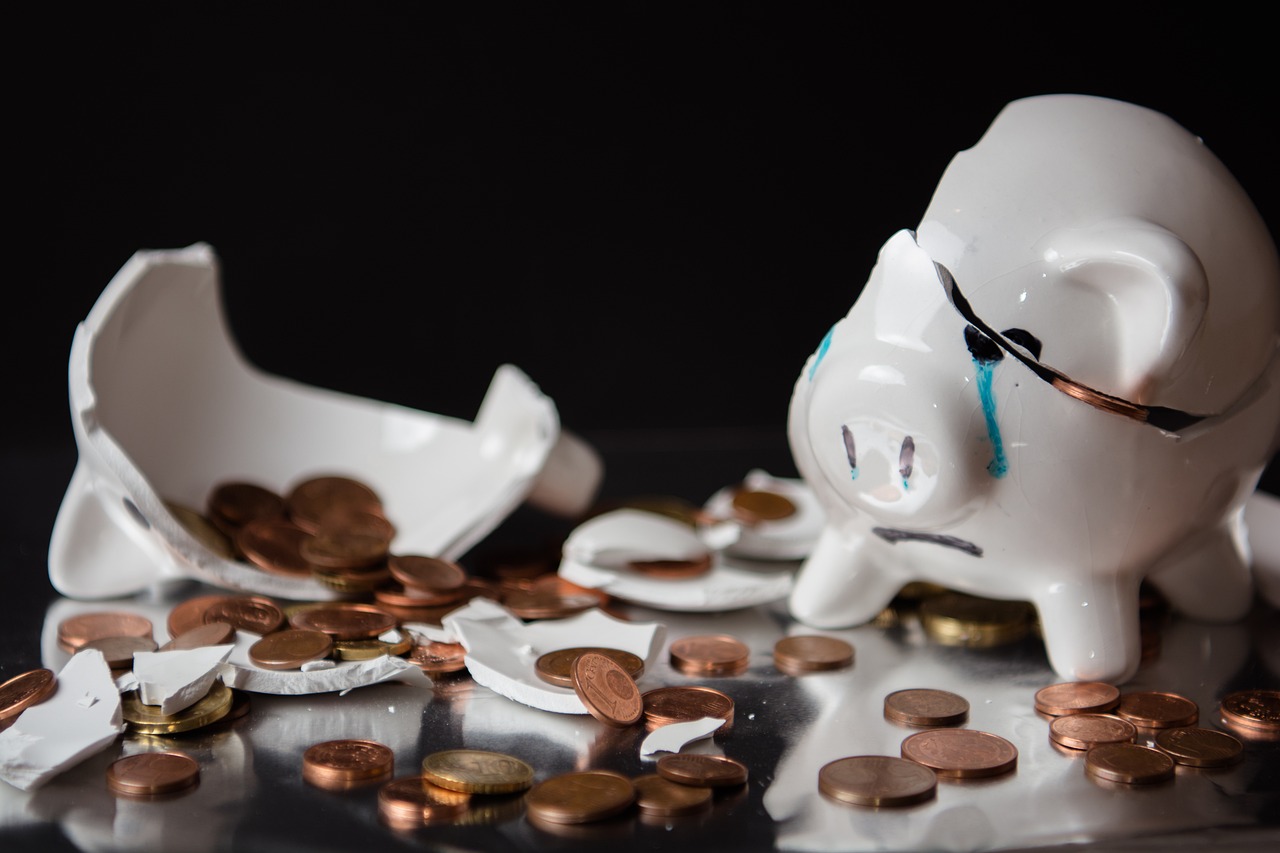
Life is full of surprises, and not all of them are pleasant. Imagine your car breaking down, a sudden medical bill, or even losing your job—what would you do? That’s where an emergency fund becomes your financial lifesaver. It’s a dedicated amount of money set aside to handle unexpected expenses without stress.Having emergency funds means you can avoid debt, stay financially stable, and enjoy peace of mind. In this article, we will go through the steps of how to build an emergency fund and most importantly, the reasons why you need an emergency fund.
What is an Emergency Fund?
An emergency fund is a must-have stash of money set aside to handle unexpected financial surprises life might throw your way. It's like a safety cushion that protects you during unplanned situations. But remember, this fund is strictly for emergencies and not for your daily expenses.Emergencies aren’t just about medical issues. They include any sudden, big expense that’s not part of your regular budget. For example, it could be a major car repair, a sudden job switch, or even unemployment.That’s why having an emergency fund, often called a rainy-day fund, is so crucial for financial security.
The Importance of Emergency Funds
An emergency fund should be seen in the same light as an insurance policy. It should be perfect for covering unpredicted events like medical emergencies, loss of job, home repairs, etc. These are the key reasons why such a fund needs to be established:
1. Financial Security
An emergency fund serves as a financial safety net, enabling you to handle unexpected expenses without compromising your financial stability. For instance, if your car requires sudden repairs costing ₹20,000, having an emergency fund allows you to cover this expense without resorting to high-interest loans or credit cards.In this way, such unplanned expenditures do not upset your budget or lead to debts, which is of course good for your financial status and gives a sense of peace.
2. Avoiding High-Interest Debt
Without a financial buffer, unexpected expenses may force you to rely on high-interest credit cards or loans, leading to debt accumulation.An emergency fund lets you afford these costs in the first place, and thus the headache of paying back borrowed amounts does not fall upon you. In India, credit card interest rates can be as high as 52.86% per annum, and personal loan rates often start around 10% per annum.By maintaining an emergency fund, you can avoid these costly borrowing options, preserving your financial health and ensuring that unexpected expenses don't derail your financial stability.
3. Reduce Financial Stress and Anxiety
Having funds set aside for emergencies brings peace of mind, reducing stress and allowing you to focus on other aspects of your life.This financial cushion enables you to handle unexpected expenses without the anxiety of potential debt or financial strain.Knowing you're prepared for unforeseen events promotes confidence and stability. This allows you to concentrate on your daily activities and long-term goals without constant financial worry.
How Much Should You Save for Emergency?
The general rule of thumb for an emergency fund suggests saving enough to cover 6 to 12 months of living expenses. This means if your monthly expenses (like rent, groceries, utilities, and transportation) are ₹50,000, you should aim to have ₹3–6 lakhs saved.However, this amount can vary based on your personal circumstances:
If you have a stable job, 3–6 months may suffice.
If your job is unpredictable, aim closer to 12 months.
Single-income households need more compared to dual-income families.
If you have debts or high obligations, a larger fund ensures safety.
This simple guideline can help you prepare for unexpected financial challenges effectively. However, it's equally important to understand the key features of a well-structured emergency fund. Some of its key features are:
Quick Access: Your emergency fund should be easy to use when you need it. It must be in an account you can access immediately without waiting or penalties.
Separate Account: Keep it in a different account from your everyday spending account. This helps you avoid using it for non-emergency expenses.
Safe and Secure: Put your money in a low-risk account, like a savings or money market fund. This keeps your money safe while earning some interest.
Your emergency fund isn’t just about the amount—it’s equally important to keep it in the right place. Consider these options:
High-Yield Savings Account: | Provides easy access with competitive interest rates, helping your savings grow. |
Money Market Account: | Offers flexibility and slightly higher returns, with added benefits like check-writing privileges. |
Short-Term Certificates of Deposit (CDs): | A secure choice for locking in higher rates if you won’t need funds immediately. |
How to Build Your Emergency Fund?
Here are a few simple methods to begin saving for an emergency fund:
1. Set a Clear Goal
Decide how much money you need in your emergency fund. Experts suggest saving enough to cover 3-6 months of essential expenses like rent, groceries, and bills. This amount depends on your lifestyle and job stability. Having a clear target makes it easier to stay focused and motivated while saving.
2. Create a Budget
Take a close look at your income and expenses. List all essential costs like rent, groceries, and bills. Then, spot areas where you can cut back, like dining out or subscriptions. Use the extra money saved from these adjustments to build your emergency fund step by step.
3. Automate Your Savings
Set up automatic transfers from your main account to your emergency fund. This ensures you save consistently without forgetting. Even small, regular amounts grow over time. Automation makes saving easier and removes the temptation to spend, helping you build your fund stress-free.
4. Use Windfalls Wisely
When you receive extra money, like a bonus, tax refund, or gift, use it to boost your emergency fund. These unexpected amounts make saving easier without affecting your regular budget. Prioritizing windfalls for your fund helps you reach your goal faster.
5. Start Small
Don’t wait for a big amount to save. Begin with whatever you can, even ₹500 a month. Small contributions may seem tiny but add up over time. The key is consistency. As your income grows, increase your savings for better progress.
6. Increase Your Income
Explore ways to earn extra money, like freelancing, tutoring, or selling unused items. A side hustle or decluttering can provide quick funds to grow your emergency savings. This extra income makes a big difference without impacting your primary budget.
7. Review and Adjust
Track your savings regularly to see your progress. If life changes, like higher expenses, adjust your goal or savings amount. Celebrate milestones to stay motivated. Reviewing ensures your emergency fund always aligns with your financial needs and keeps you on track.
Conclusion
An emergency fund is a key part of staying financially secure during unexpected situations. It provides a safety net, helping you manage sudden expenses without stress or debt. Having this fund in place brings peace of mind and ensures you're prepared for challenges like medical emergencies, job loss, or urgent repairs. Start today to create a cushion that protects your future and supports financial stability.


